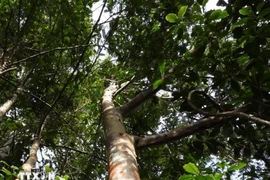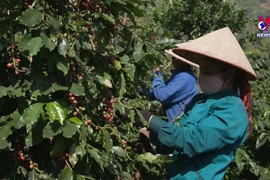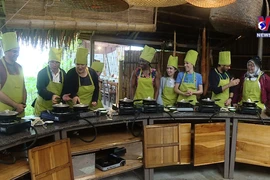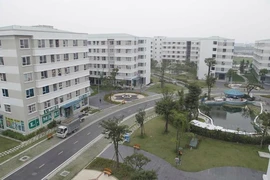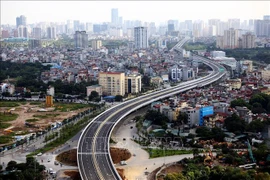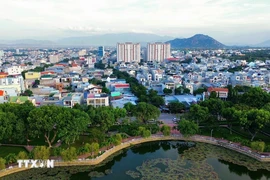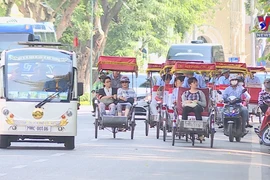In the lush green vegetable fields of Tra Que village, it’s easy to spot groups of Western tourists eagerly experiencing the daily tasks of local farmers.
This was the first visit for Carson and his family to Hoi An, where they cheerfully experienced the cultivation of the Tra Que vegetables, which have been recognized as a national intangible cultural heritage.
Tra Que vegetable village has over 200 households, cultivating some 18 ha of vegetables. With an average yield of about 2 tons per day, this long-standing farming tradition not only provides economic value, but also serves as a unique tourist attraction.
For more than 20 years, the Tra Que Vegetable Village tour has become a signature experience in Hoi An tourism, particularly appealing to European and American visitors. The local farmers have also become skilled in collaborating with travel companies, to guide tourists through the experience of vegetable cultivation.
Coming here, tourists are particularly excited to learn how to prepare local dishes, and to taste the fresh vegetables from the village. According to statistics, in the first six months of this year, community tourism in Tra Que village attracted over 17,500 visitors.
The local authority has submitted a proposal to honor Tra Que Vegetable Village as the best tourist village in the world for 2024—an award from the World Tourism Organization./.
